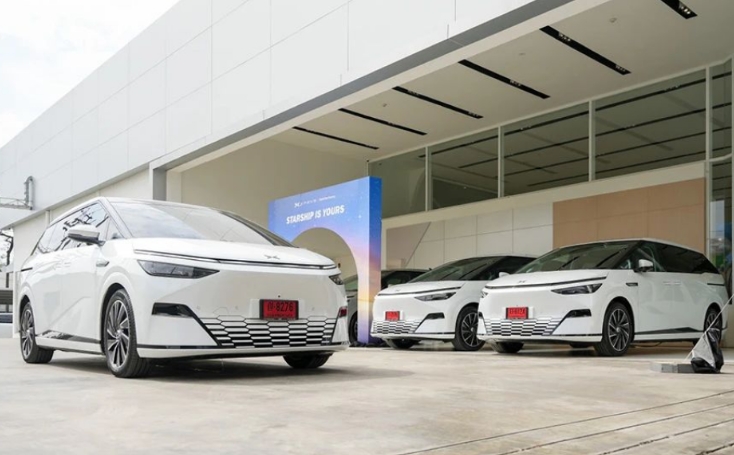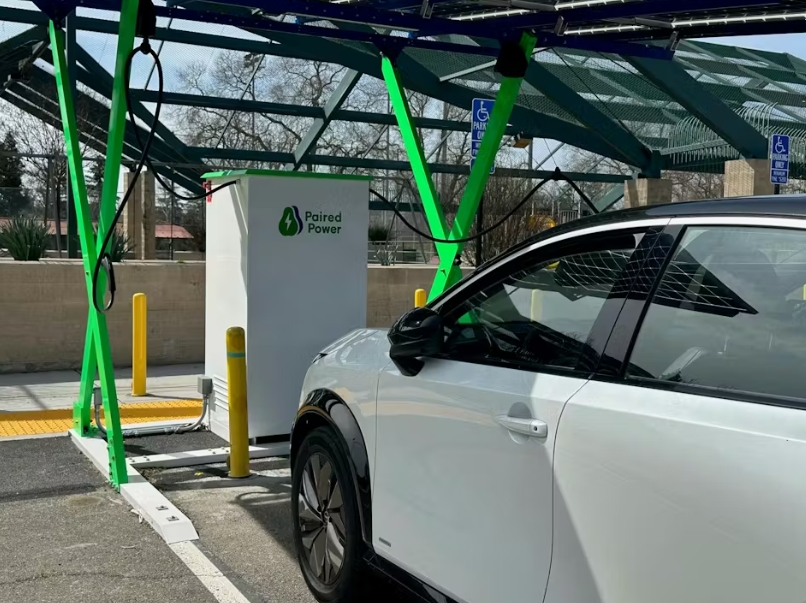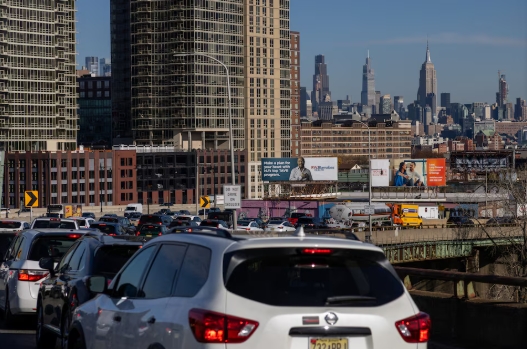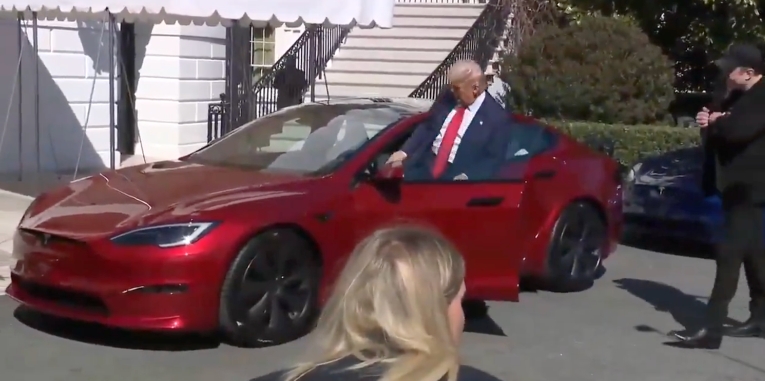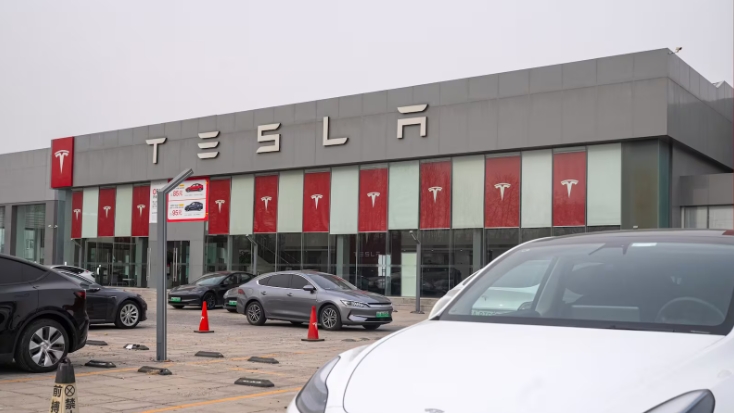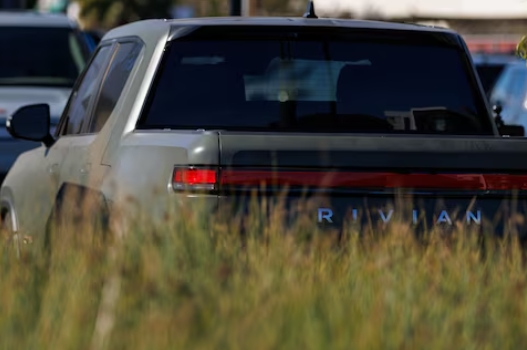Coal is Out as APS Sets Carbon-Free Goal
23 Jan 2020 by Darrell Proctor
Arizona Public Service (APS) announced Jan. 22 that it plans for all its power generation to be carbon-free by 2050, and also said it plans to produce nearly half its power from renewable sources by 2030. APS joins other U.S. utilities who have put forth similar goals in recent years.
APS, which has been criticized by environmental groups for not moving more quickly toward carbon-free generation, said it will close the company’s coal-fired Four Corners Power Plant in Fruitland, New Mexico, by 2031, seven years ahead of its scheduled closure. The utility, a subsidiary of Pinnacle West Capital, already has scheduled closure of its coal-fired Cholla Power Plant in Joseph City, Arizona, in 2025. The two plants combined produce about 22% of the utility’s electricity.
APS also was among those with ownership stakes in the 2,250-MW coal-fired Navajo Generating Station near Page, Arizona, that was closed last year. The plant was the largest coal-fired facility in the southwestern U.S.
“We see incredible things ahead for Arizona, and are excited to power our state’s future with electricity that is 100 percent clean,” said APS Chairman and CEO Jeff Guldner in a Wednesday news release. “We’re starting from an energy mix that is 50 percent clean today, including energy efficiency and electricity from one of the nation’s largest solar fleets and the country’s most powerful carbon-free and clean energy resource – the Palo Verde Generating Station.”
Palo Verde, located west of Phoenix, has a generation capacity of more than 3,900 MW, and is the largest U.S. power plant by capacity. The plant, which is co-owned by several utilities from California, Arizona, New Mexico, and Texas, supplies about a quarter of APS’s power output. It received a POWER Top Plant award in 2015.
“Palo Verde is the core of this whole clean plan,” Guldner said, noting the nuclear plant’s continued operation is critical to achieving the carbon-free target.
Guldner said the APS plan aligns with those adopted by utilities in neighboring states, including Colorado and New Mexico, though it is not as far-reaching as some plans adopted by California power generators.
Minneapolis-based Xcel Energy, which has customers in eight states and is the major power supplier in Colorado, earlier announced a goal to be 100% carbon-free by 2050. The state’s governor, Jared Polis, has said he wants Colorado to be powered 100% by renewable energy by 2040.
New Mexico’s Energy Transition Act requires the state’s utilities to be carbon-free by 2045. Public Service New Mexico, the state’s major utility, last year said it plans to be carbon-free by 2040. California in 2018 enacted a law requiring 60% of the state’s power to come from renewables by 2030, with a goal of 100% carbon-free power by 2045.
Other states with carbon-free goals include Minnesota, Wisconsin, New Jersey, and Hawaii, which was the first state to commit to a clean energy mandate. New York Gov. Andrew Cuomo announced his “Green New Deal” for that state in January 2019.
